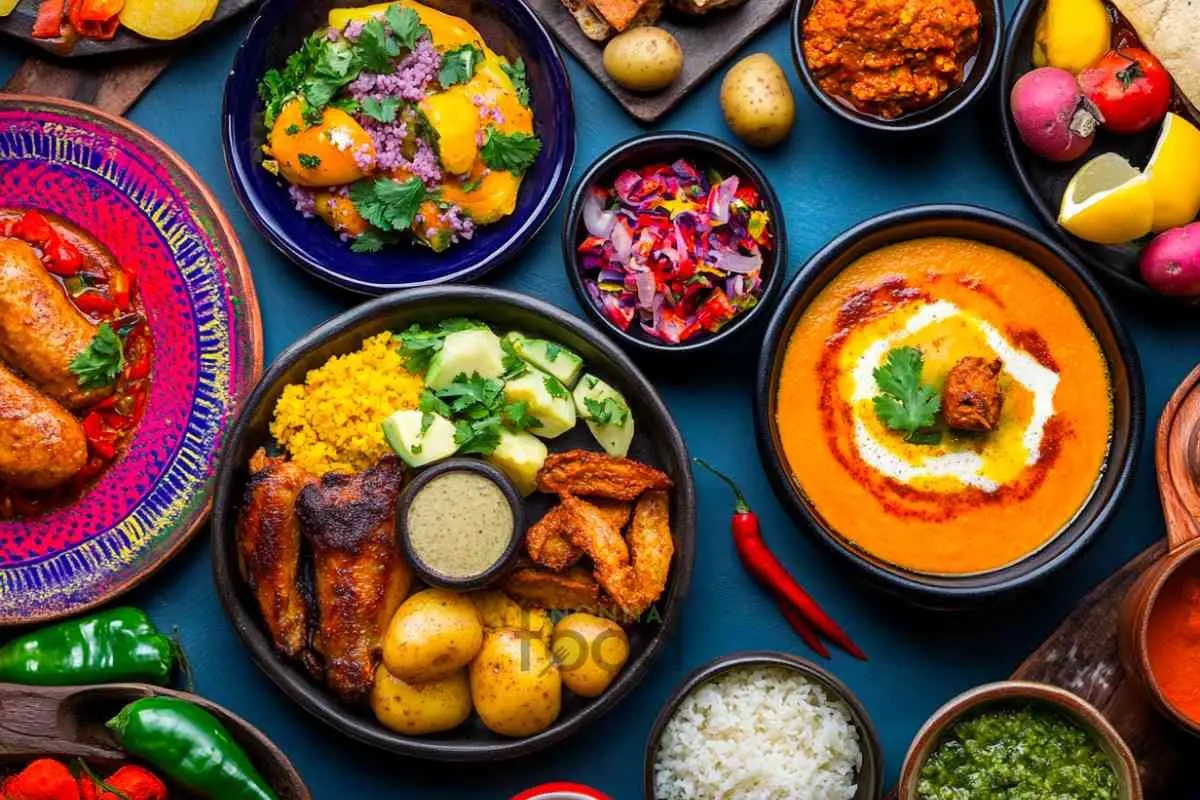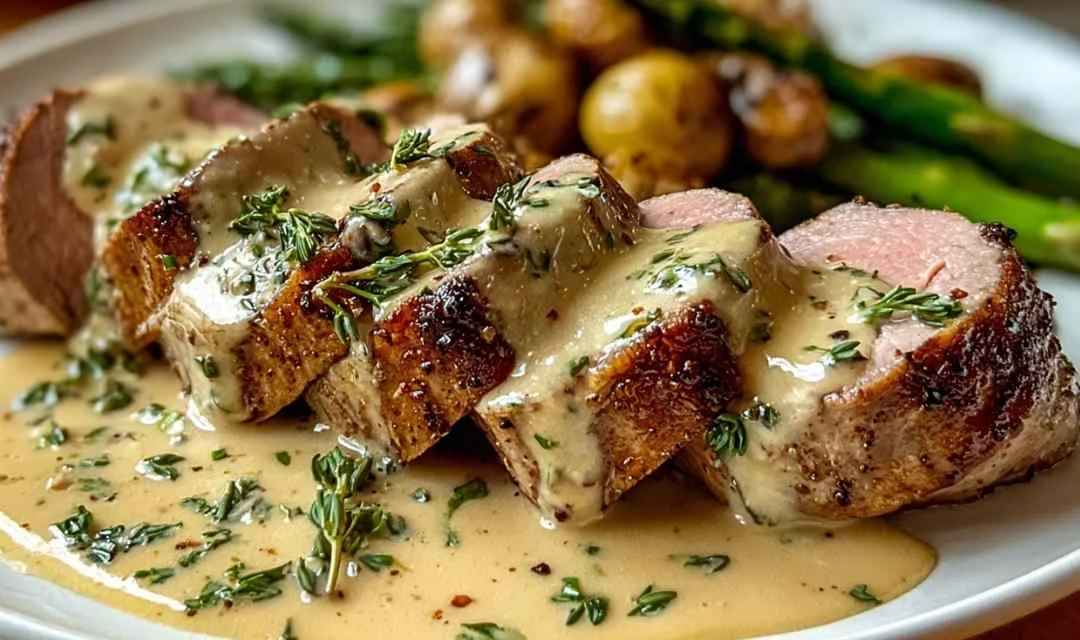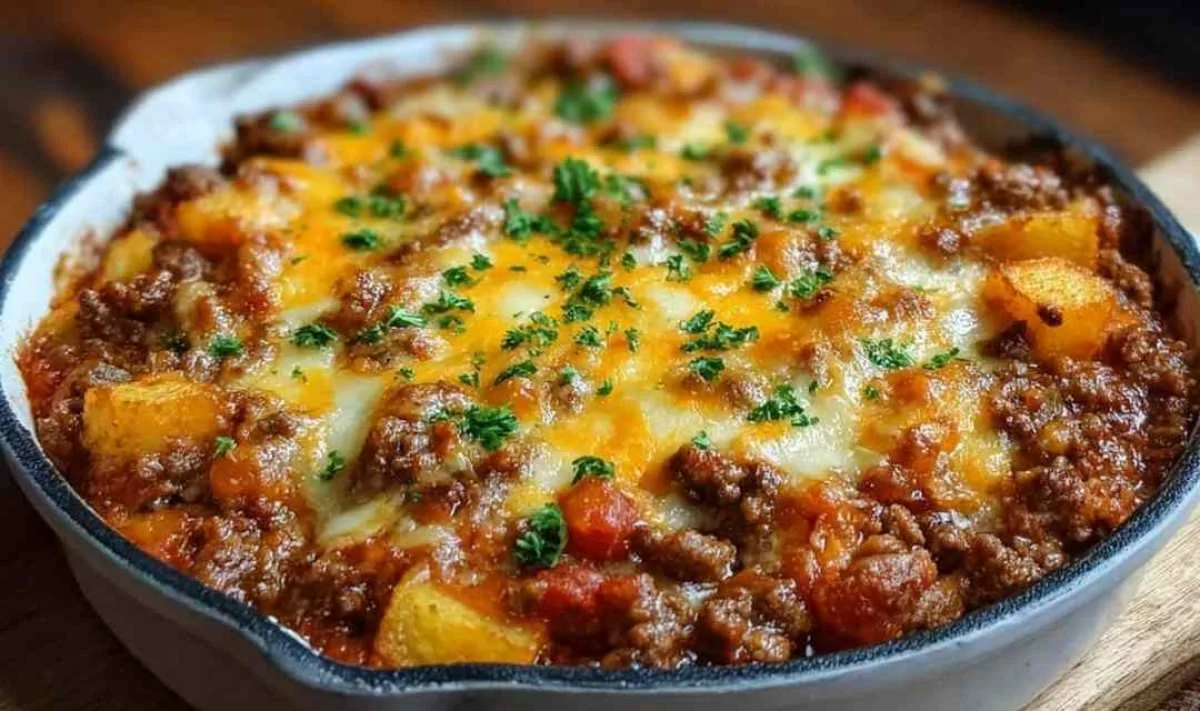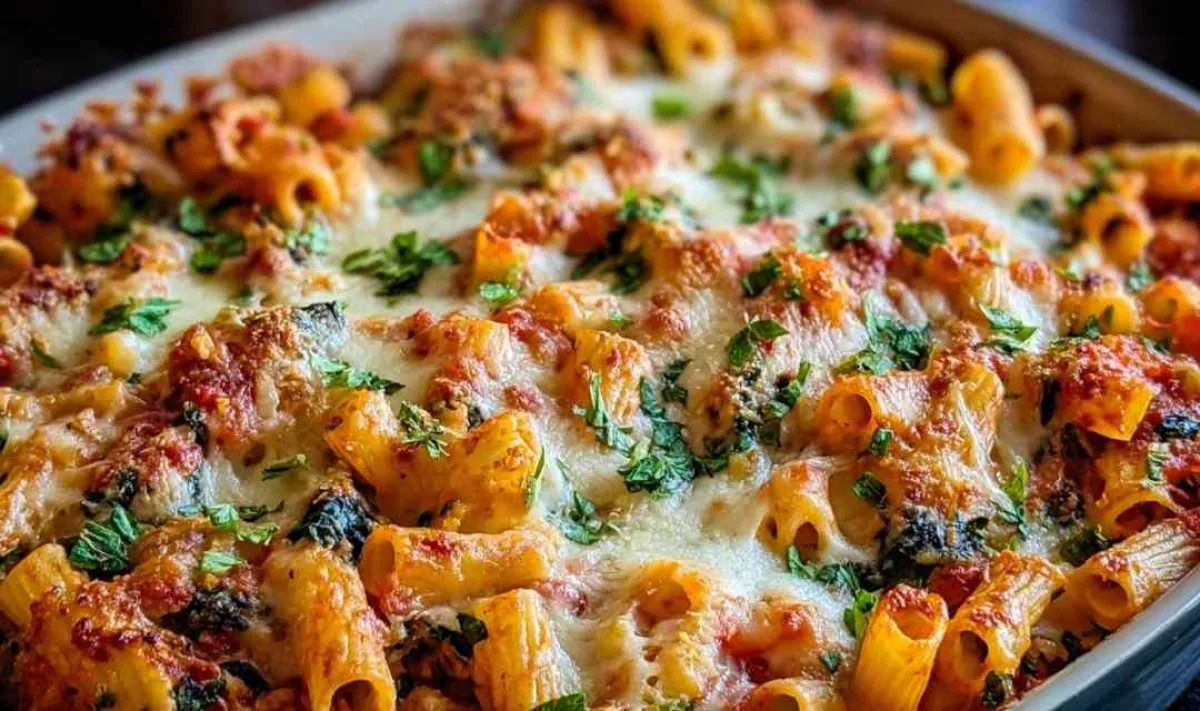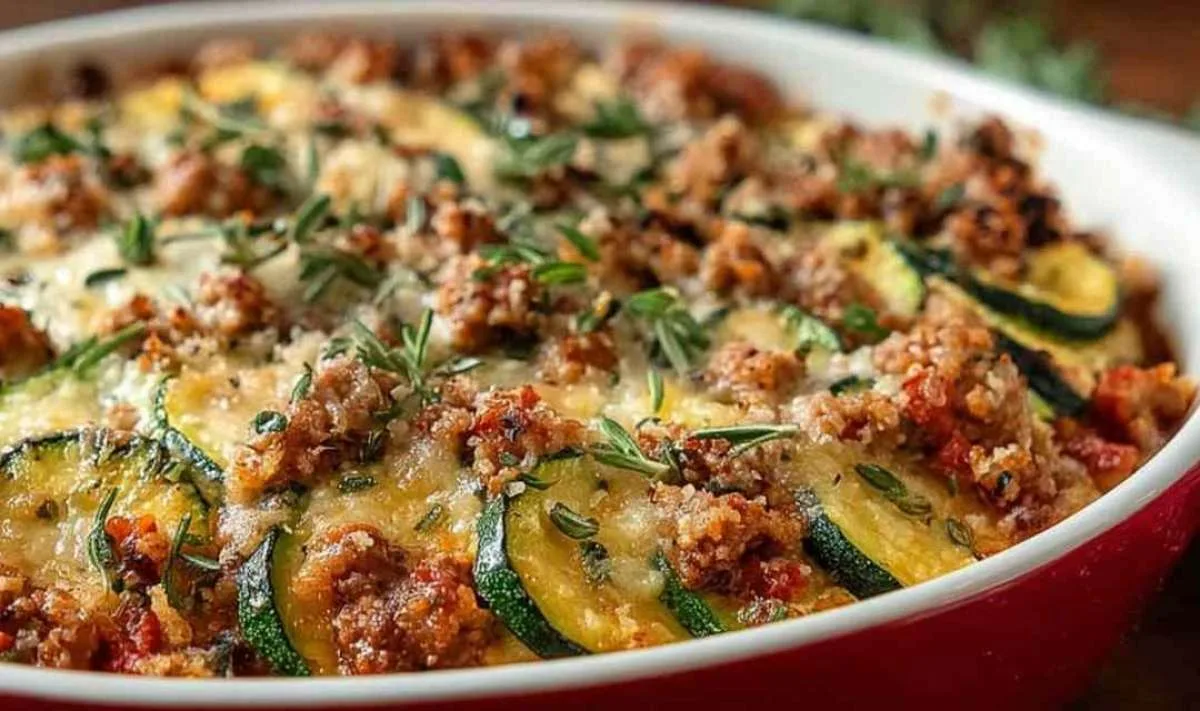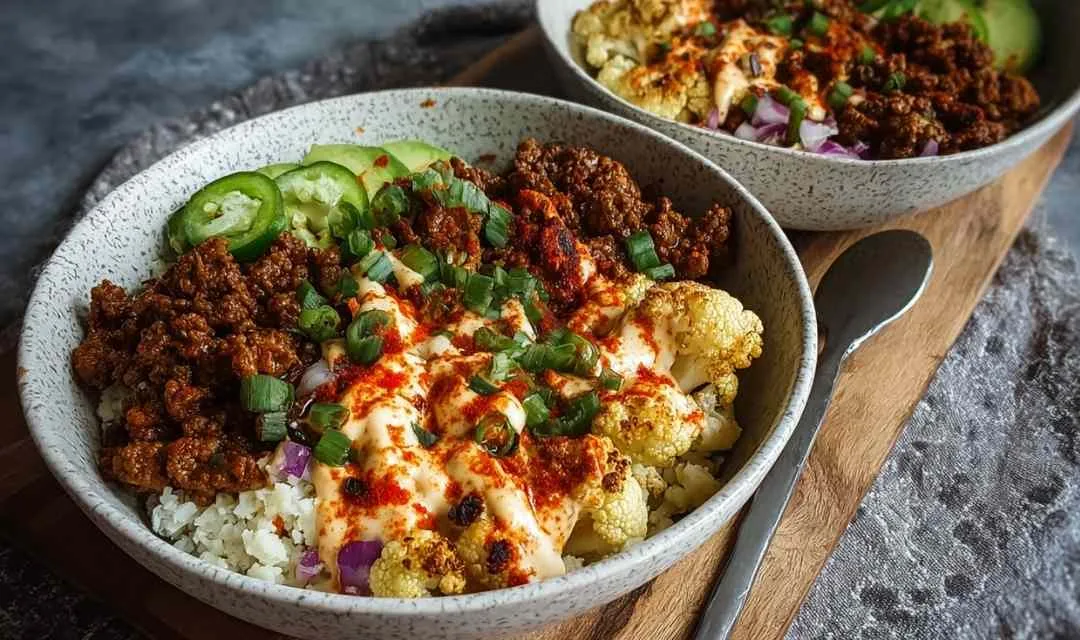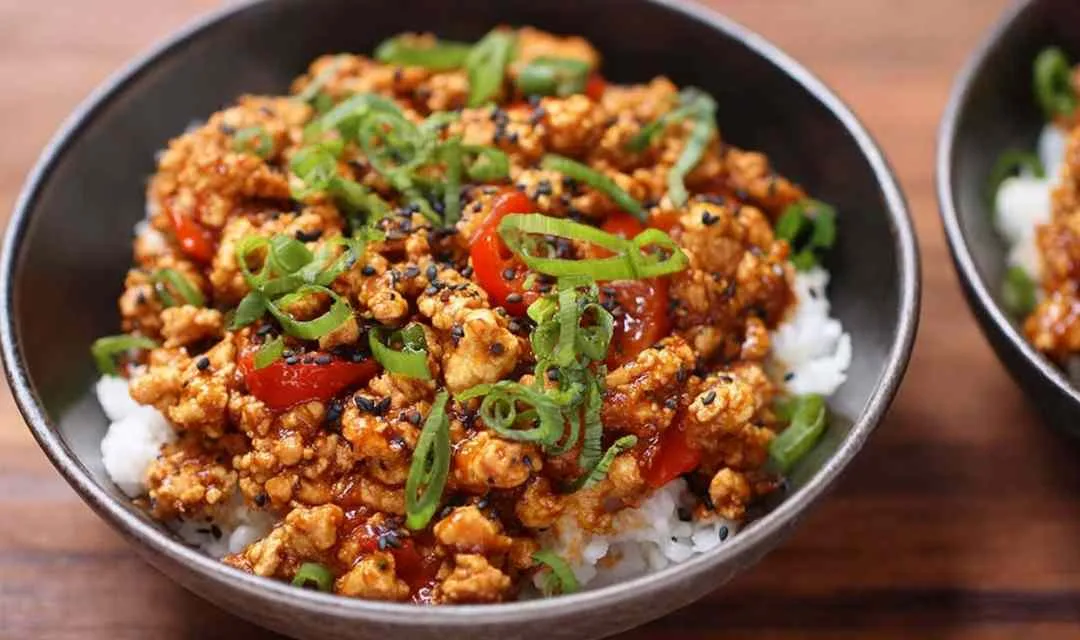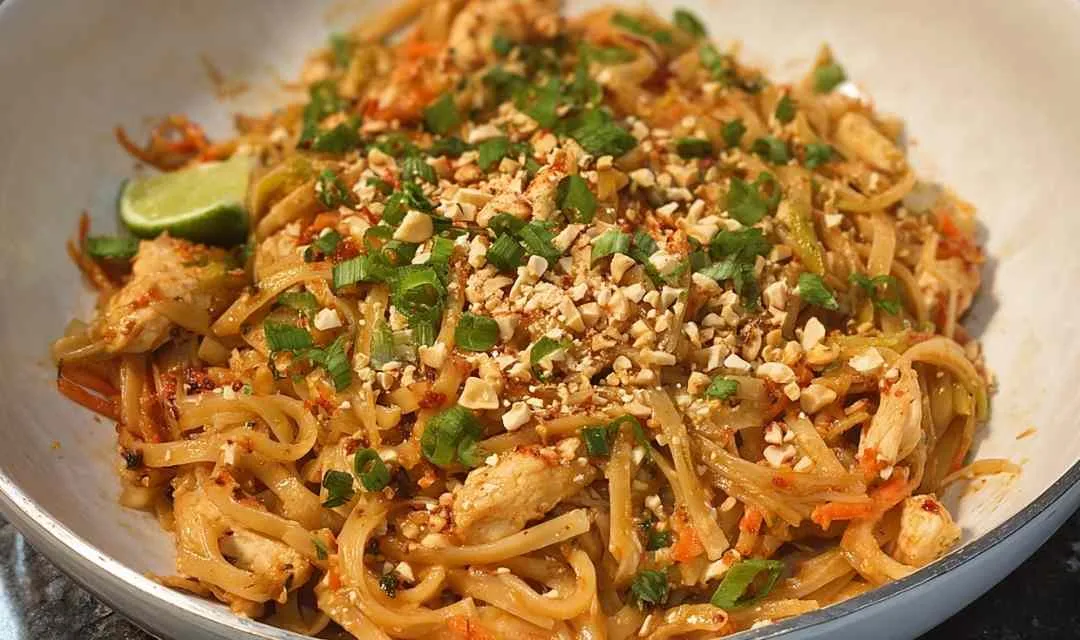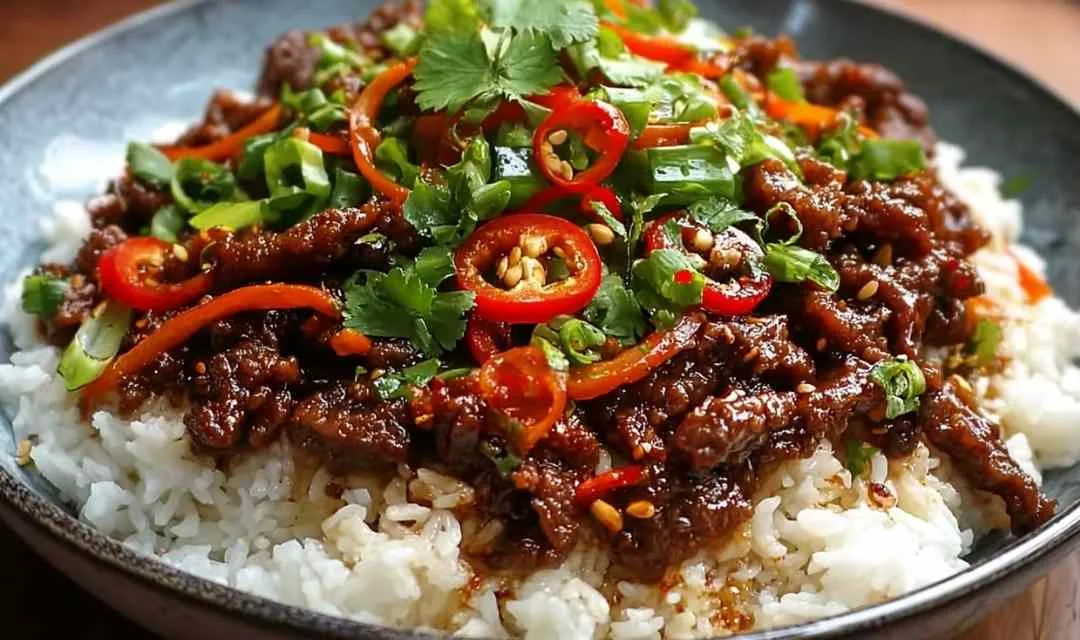ACL Recipes in Peru
Peru is a country rich in culture and flavors. One of the unique aspects of its culinary scene is the use of ACL recipes. These recipes showcase the creativity and diversity of Peruvian cooking. They often blend traditional ingredients with modern techniques, resulting in delightful dishes that tell a story.
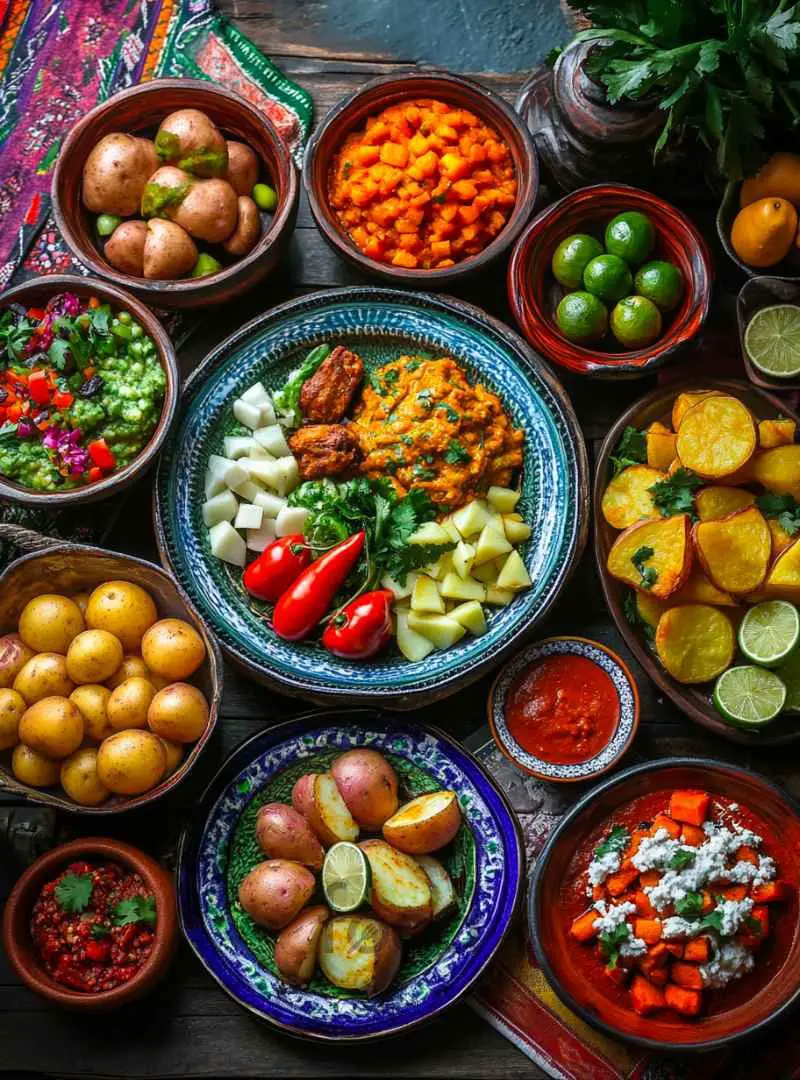
What are ACL Recipes?
ACL recipes refer to a specific style of cooking that emphasizes the use of local ingredients. The term “ACL” stands for “Aji, Ceviche, and Lomo Saltado,” which are three iconic dishes in Peruvian cuisine. Aji is a spicy pepper that adds heat and flavor. Ceviche is a refreshing dish made from raw fish marinated in citrus juices. Lomo Saltado is a stir-fry that combines beef with vegetables and spices.
These recipes are not just about the food; they represent a way of life. They highlight the importance of fresh, local produce and the influence of various cultures on Peruvian cooking. Each dish has its own unique preparation method, making them a joy to cook and eat.
The Cultural Significance of ACL Recipes in Peruvian Cuisine
ACL recipes hold a special place in the hearts of Peruvians. They reflect the country’s history and the blending of indigenous and immigrant cultures. For instance, the use of aji peppers dates back to ancient times, while ceviche showcases the coastal influence of Spanish settlers.
Moreover, these recipes are often prepared during celebrations and family gatherings. They unite people, creating a sense of community and belonging.Sharing a meal made from ACL recipes is a way to connect with loved ones and honor traditions.
In conclusion, ACL recipes are more than just food; they are a celebration of Peruvian culture. They embody the spirit of the country and its people. By exploring these recipes, you can experience the rich flavors and stories that make Peruvian cuisine so special.
Key Ingredients in ACL Recipes
When diving into the world of ACL recipes from Peru, you’ll discover a vibrant mix of flavors and textures. These dishes showcase the country’s rich culinary heritage. Understanding the key ingredients is essential for anyone looking to recreate these delightful meals at home.
Traditional Ingredients Used in ACL Recipes
Peruvian cuisine is famous for its distinctive combination of traditional ingredients.These ingredients not only enhance the flavor but also tell a story of the region’s culture and history.
Common Herbs and Spices
Herbs and spices play a crucial role in ACL recipes. For instance, cilantro is a staple herb, adding freshness to many dishes. Additionally, aji peppers, particularly aji amarillo, provide a distinct heat and vibrant color. Other common spices include cumin and oregano, which deepen the flavor profile of various recipes.
Essential Proteins and Vegetables
Proteins are vital in ACL recipes. Chicken, beef, and seafood are popular choices. These proteins are often marinated with spices to enhance their taste. Vegetables like potatoes, corn, and beans are also essential. They not only add nutrition but also complement the proteins beautifully.
Regional Variations in Ingredients for ACL Recipes
Peru’s diverse geography influences its culinary practices. Each region features distinct ingredients that influence ACL recipes.
Coastal vs. Andean Ingredients
The coastal region of Peru is famous for its seafood. Fish like ceviche is a beloved dish, showcasing the freshness of the ocean. In contrast, the Andean region relies heavily on potatoes and grains like quinoa. These ingredients reflect the agricultural practices of the highlands.
Amazonian Influences on ACL Recipes
The Amazon region introduces exotic ingredients into ACL recipes. Fruits like camu camu and açaí are often used for their unique flavors and health benefits. Additionally, fish from the Amazon River adds a distinct taste, making these dishes truly special.
In conclusion, ACL recipes from Peru are a delightful exploration of flavors. By understanding the key ingredients, you can appreciate the depth of this cuisine. Whether you’re cooking with coastal seafood or Andean potatoes, each dish tells a story of Peru’s rich culinary landscape.
Popular ACL Recipes from Peru
Peruvian cuisine is a vibrant tapestry of flavors, colors, and textures. Among its many delights, ACL recipes stand out for their unique ingredients and preparation methods. These dishes not only reflect Peru’s rich culinary heritage but also showcase the creativity of its chefs. Let’s explore some classic and modern ACL recipes that you can try at home.
Classic Peruvian ACL Dishes
Classic Peruvian ACL dishes are beloved for their authenticity and taste. They often feature traditional ingredients that highlight the country’s diverse agricultural bounty. Here are two iconic recipes that you must try.
Recipe for Aji de Gallina
Aji de Gallina is a creamy chicken dish that’s both comforting and flavorful. It combines shredded chicken with a rich sauce made from aji amarillo peppers, walnuts, and cheese. To make this dish, follow these simple steps:
- Start by boiling chicken until tender. Shred it and set aside.
- In a pan, sauté onions and garlic until golden.
- Add aji amarillo paste, walnuts, and milk to create a creamy sauce.
- Mix in the shredded chicken and let it simmer.
- Serve with boiled potatoes and rice for a complete meal.
Recipe for Causa Rellena
Causa Rellena is a delightful layered dish made with mashed yellow potatoes. It’s often filled with tuna, avocado, or chicken. Here’s how to prepare it:
- Boil yellow potatoes until soft, then mash them with lime juice and aji amarillo.
- Spread a layer of the potato mixture in a dish.
- Add your choice of filling, like tuna mixed with mayonnaise.
- Top with another layer of mashed potatoes and garnish with olives and avocado.
Modern Twists on Traditional ACL Recipes
Modern chefs are reimagining traditional ACL recipes, adding new flavors and techniques. These innovative dishes maintain the essence of Peruvian cuisine while appealing to contemporary tastes.
Fusion Dishes Incorporating ACL Elements
Fusion dishes blend different culinary traditions, creating exciting new flavors. For example, consider a Peruvian sushi roll that uses aji amarillo and avocado. This combination brings a fresh twist to classic sushi, making it a delightful experience.
Vegetarian and Vegan ACL Recipe Options
As more people embrace plant-based diets, vegetarian and vegan ACL recipes are gaining popularity. One great option is a vegan Aji de Gallina made with jackfruit instead of chicken. This dish retains the creamy texture and spicy flavor while being completely plant-based. Another option is a quinoa causa, which uses quinoa instead of potatoes, offering a nutritious twist.
In conclusion, ACL recipes from Peru offer a wonderful journey through flavors and traditions. Whether you choose classic dishes or modern interpretations, you’re sure to enjoy the rich culinary heritage of Peru. So, gather your ingredients and start cooking!
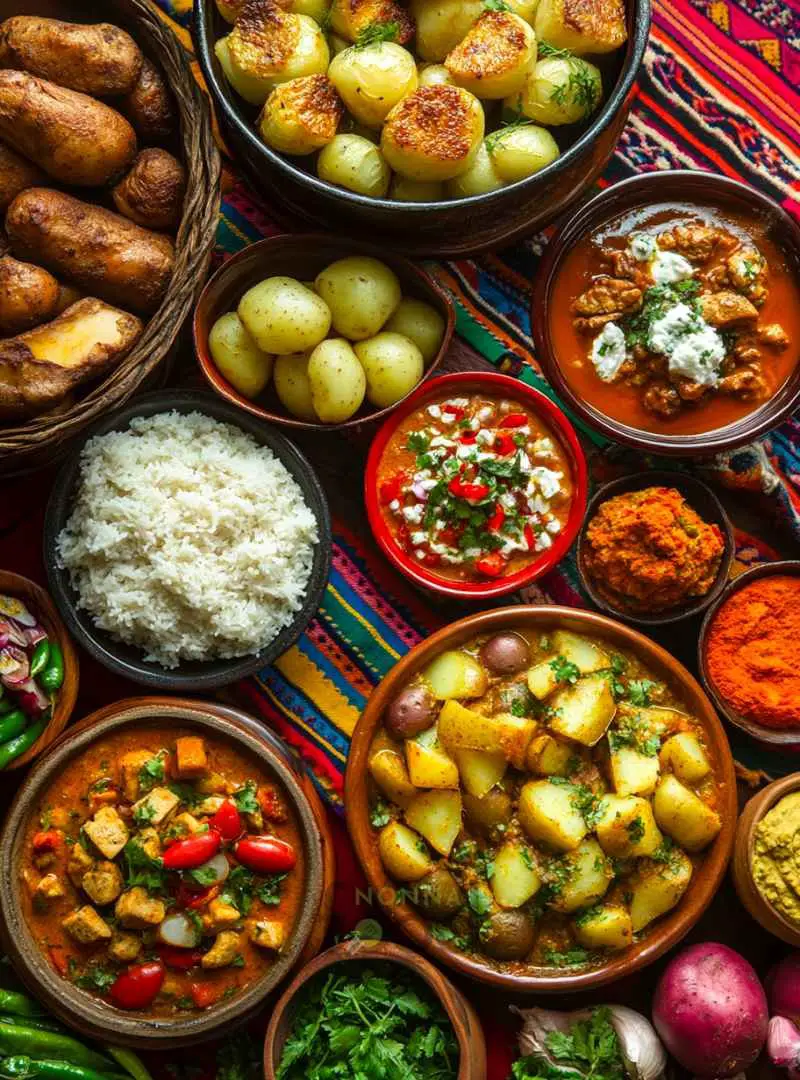
Cooking Techniques for ACL Recipes
When it comes to ACL recipes from Peru, understanding the cooking techniques is essential. These methods not only enhance flavors but also preserve the unique characteristics of the ingredients. Let’s explore some traditional cooking methods and tips to perfect your dishes.
Traditional Cooking Methods in Peruvian Cuisine
Peruvian cuisine is rich and diverse, showcasing a variety of cooking techniques. Each method brings out different flavors and textures in ACL recipes. Here are some traditional methods you should know.
Steaming and Boiling Techniques
Steaming and boiling are common techniques in Peruvian cooking. They help retain the nutrients in ingredients. For instance, when preparing potatoes or corn, boiling them can enhance their natural sweetness. Steaming is often used for fish, keeping it moist and tender. This method is perfect for dishes like “pescado a la chorrillana,” where the fish is steamed with spices and vegetables.
Grilling and Roasting Techniques
Grilling and roasting are also popular in ACL recipes. These methods add a smoky flavor that many people love. For example, “anticuchos,” which are skewered meats, are traditionally grilled over an open flame. Roasting vegetables, like peppers and tomatoes, brings out their sweetness and adds depth to your dishes. This technique is essential for creating the perfect “aji de gallina,” a creamy chicken dish.
Tips for Perfecting ACL Recipes
To truly master ACL recipes, consider these helpful tips. They will elevate your cooking and impress your guests.
Flavor Balancing Techniques
Balancing flavors is crucial in Peruvian cuisine. Use a mix of spices, herbs, and acids to create depth. For instance, adding lime juice can brighten up a dish, while spices like cumin and paprika add warmth. Always taste as you go, adjusting the seasoning to achieve harmony in your flavors.
Presentation Tips for ACL Dishes
Presentation matters just as much as taste. A well-presented dish can make a lasting impression. Use colorful ingredients to create visual appeal. For example, garnish your dishes with fresh herbs or edible flowers. Arrange your food thoughtfully on the plate, ensuring each component is visible. This attention to detail will make your ACL recipes shine.
In conclusion, mastering the cooking techniques and tips for ACL recipes from Peru can transform your culinary experience. Embrace these methods, and you’ll create delicious, authentic dishes that celebrate the rich flavors of Peruvian cuisine.
Nutritional Benefits of ACL Recipes
ACL recipes from Peru are not just delicious; they also offer numerous nutritional benefits. These recipes often incorporate a variety of ingredients that provide essential nutrients. Eating these dishes can help you maintain a balanced diet while enjoying vibrant flavors. Let’s explore the health benefits of key ingredients found in ACL recipes.
Health Benefits of Key Ingredients in ACL Recipes
Many ingredients in ACL recipes are packed with nutrients. They contribute to overall health and wellness. Understanding these ingredients can help you appreciate their value even more.
Nutritional Value of Common Proteins
Proteins are vital for our bodies. They help build and repair tissues. In ACL recipes, you often find proteins like chicken, fish, and beans. Chicken is lean and provides essential amino acids. Fish, especially varieties like trout and tilapia, are rich in omega-3 fatty acids. These fats are great for heart health. Beans, on the other hand, are a fantastic plant-based protein source. They are rich in fiber, which supports digestion and helps you feel satisfied.
Peru is known for its superfoods, which are nutrient-rich foods that offer health benefits. Quinoa is one such superfood. It’s a complete protein, as it provides all nine essential amino acids. Additionally, it’s gluten-free, making it suitable for many diets. Another superfood is maca root. This root is known for boosting energy and improving mood. Incorporating these superfoods into ACL recipes enhances their nutritional profile and adds unique flavors.
Dietary Considerations for ACL Recipes
When preparing ACL recipes, it’s essential to consider dietary needs. Many people have specific dietary restrictions. Fortunately, there are options available to accommodate these needs.
Gluten-Free and Dairy-Free Options
For those avoiding gluten, many ACL recipes can be easily modified. Using quinoa or rice instead of wheat-based products makes a delicious gluten-free meal. Additionally, many traditional recipes can be made dairy-free. Substituting coconut milk for dairy products adds creaminess without the lactose. This way, everyone can enjoy the flavors of Peru without worry.
Low-Calorie Variations of ACL Recipes
If you’re watching your calorie intake, there are simple ways to make ACL recipes lighter. Opt for grilling or baking proteins instead of frying. This method reduces added fats and calories. You can also increase the vegetable content in your dishes. Adding more veggies not only lowers calories but also boosts fiber and nutrients. These adjustments allow you to enjoy the rich flavors of ACL recipes while keeping your meals healthy.
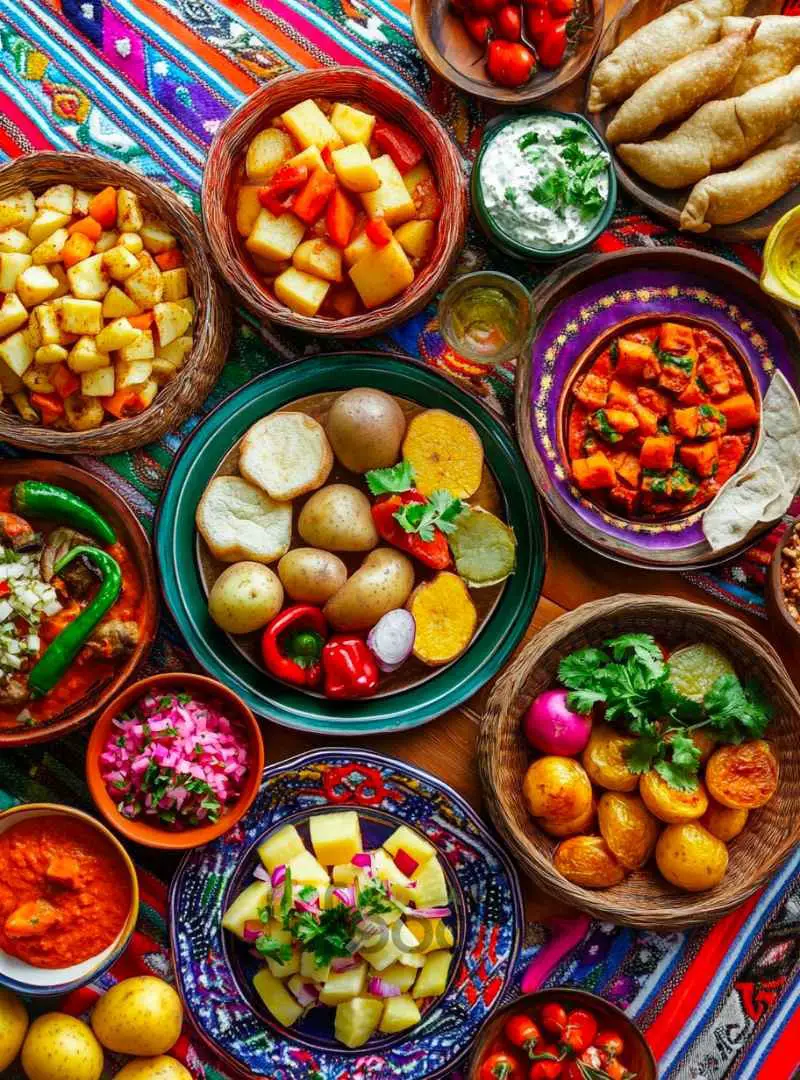
FAQs about ACL Recipes in Peru
What are some easy ACL recipes for beginners?
If you’re just starting with ACL recipes, don’t worry! There are plenty of simple dishes to try. One popular option is aji de gallina, a creamy chicken dish made with aji amarillo peppers. Another easy recipe is causa rellena, which is a layered potato dish filled with tuna or chicken. Both recipes are delicious and perfect for beginners. They require minimal ingredients and straightforward steps, making them a great choice for anyone new to Peruvian cooking.
How can I adapt ACL recipes for dietary restrictions?
Adapting ACL recipes for dietary restrictions is quite simple. For instance, if you’re gluten-free, you can substitute regular flour with gluten-free options. If you’re vegetarian, try replacing meat with beans or lentils. Additionally, many recipes can be made dairy-free by using plant-based milk or cheese. Always remember to check the ingredients and make adjustments as needed. This way, everyone can enjoy the flavors of Peru!
Where can I find authentic ingredients for ACL recipes?
Finding authentic ingredients for ACL recipes can be an adventure! Local Latin markets often carry a variety of Peruvian staples. Look for aji amarillo, quinoa, and Peruvian corn. If you can’t find them nearby, consider shopping online. Many websites specialize in Peruvian ingredients, ensuring you get the real deal. Using authentic ingredients will enhance the flavors of your dishes, making them truly special.
Are there any popular Peruvian restaurants known for ACL recipes?
Absolutely! Many Peruvian restaurants are famous for their ACL recipes. In major cities, you can find spots like La Mar and Pachamama, which serve traditional dishes with a modern twist. These restaurants often focus on fresh ingredients and authentic flavors. Dining at these places can inspire your own cooking and give you a taste of Peru’s rich culinary heritage.
How do I store leftovers from ACL recipes?
Storing leftovers from ACL recipes is easy!First, allow the food to cool to room temperature. Then, place it in airtight containers. Most dishes can be stored in the fridge for up to three days.
This way, you can enjoy your delicious Peruvian meals later without any hassle!
Conclusion
In summary, ACL recipes from Peru offer a delightful journey into the heart of Peruvian cuisine. These recipes showcase the rich flavors and vibrant ingredients that define this culinary tradition. As we look ahead, the future of ACL recipes in Peruvian cuisine seems bright. With a growing interest in diverse culinary practices, more people are discovering the joys of these unique dishes.
The Future of ACL Recipes in Peruvian Cuisine
As globalization continues to influence food trends, ACL recipes are likely to gain even more popularity. Chefs and home cooks alike are embracing these recipes, blending traditional techniques with modern twists. This fusion creates exciting new dishes that honor the past while appealing to contemporary tastes.
Moreover, social media plays a significant role in this culinary evolution. Platforms like Instagram and TikTok allow food enthusiasts to share their experiences with ACL recipes. This sharing fosters a community of cooks eager to learn and innovate. As a result, we can expect to see a surge in creative interpretations of these classic dishes.
Encouragement to Explore and Experiment with ACL Recipes
We encourage everyone to dive into the world of ACL recipes. Whether you’re an experienced chef or a curious novice, there’s something for everyone. Start by trying a simple recipe, and don’t be afraid to make it your own. Experiment with different ingredients and techniques to discover what you love.
Cooking is not just about following a recipe; it’s about expressing yourself. So, gather your friends and family, and make it a fun experience. Share your creations and inspire others to join in. The more we explore ACL recipes, the more we celebrate the rich tapestry of Peruvian cuisine.
In conclusion, ACL recipes from Peru are a treasure trove of flavors waiting to be explored. So, roll up your sleeves and get cooking!
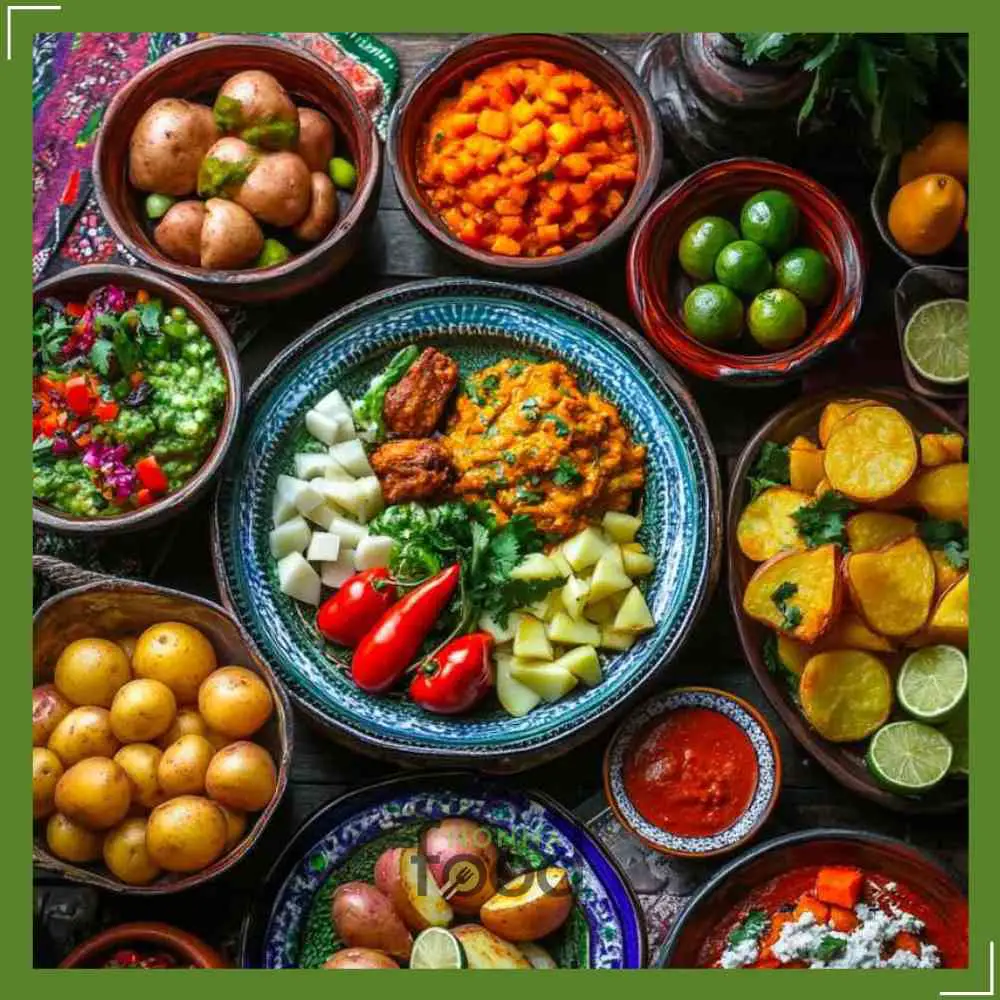
Lomo Saltado (Peruvian Stir-Fry)
Ingredients
Method
- Prepare the Fries: Heat vegetable oil in a deep skillet or fryer. Fry the potato fries until golden and crispy. Drain on a paper towel and set aside.
- Marinate the Beef: In a bowl, mix beef strips with soy sauce, vinegar, garlic, salt, and pepper. Let it marinate for 10-15 minutes.
- Sauté the Beef: Heat 2 tablespoons of vegetable oil in a large skillet over high heat. Add the marinated beef and stir-fry for about 2-3 minutes until browned. Remove the beef from the skillet and set aside.
- Cook the Vegetables: In the same skillet, add the sliced onions, tomatoes, and aji pepper. Stir-fry for 2 minutes until the onions become tender but still slightly crisp.
- Combine Ingredients: Return the beef to the skillet with the vegetables. Add the chopped cilantro and stir to combine. Cook for another 2 minutes to meld flavors.
